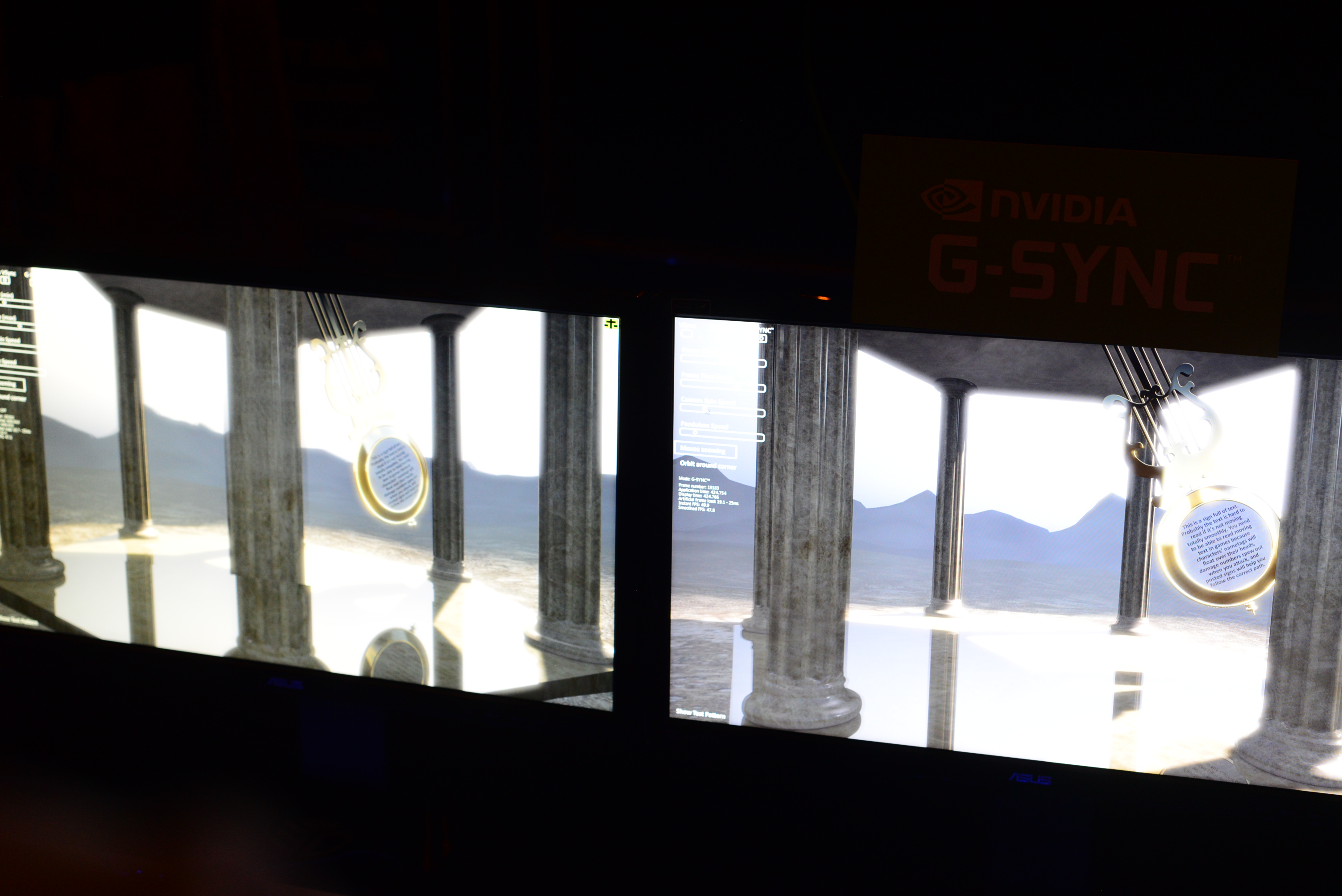So does someone want to explain to us plebes exactly what this is? Is it basically a monitor that does Vsync on it's own without the card having to take the hit.
-A monitor refreshes at 60Hz.
-A GPU finishes rendering a frame whenever it does, depends on the complexity of the frame.
-To show the frame the monitor has to refresh.
-If the GPU finishes before a refresh it waits until the next refresh.
-If the GPU misses the expected refresh it takes an entire frame to catch back up.
That's frame lag with V-sync.
-If v-sync isn't on the GPU will push its content whenever.
-If the screen is mid-refresh then it'll draw part of one frame and have that frame change mid draw making part of the screen look different.
That's tearing.
This allows the GPU to decide when to push a frame. It happens when it's done rather than trying to sync the GPU rendering with the actual monitor refresh.
It's a very good idea and should eliminate a lot of gaming problems but I wonder how the GPU signals? Sounds very proprietary.


